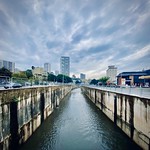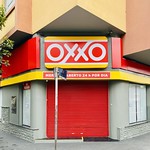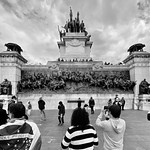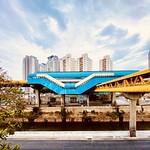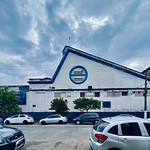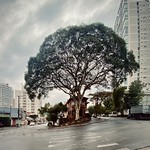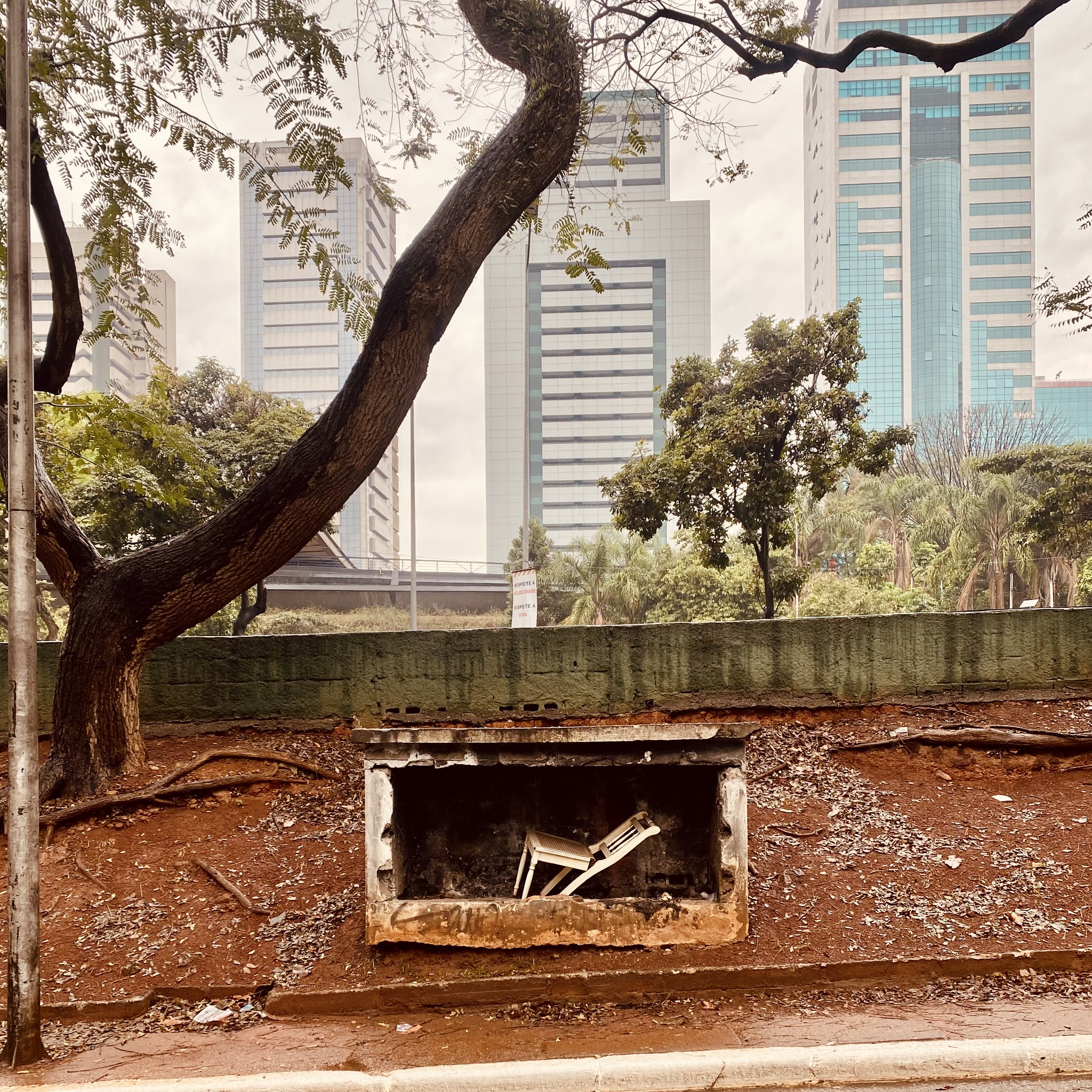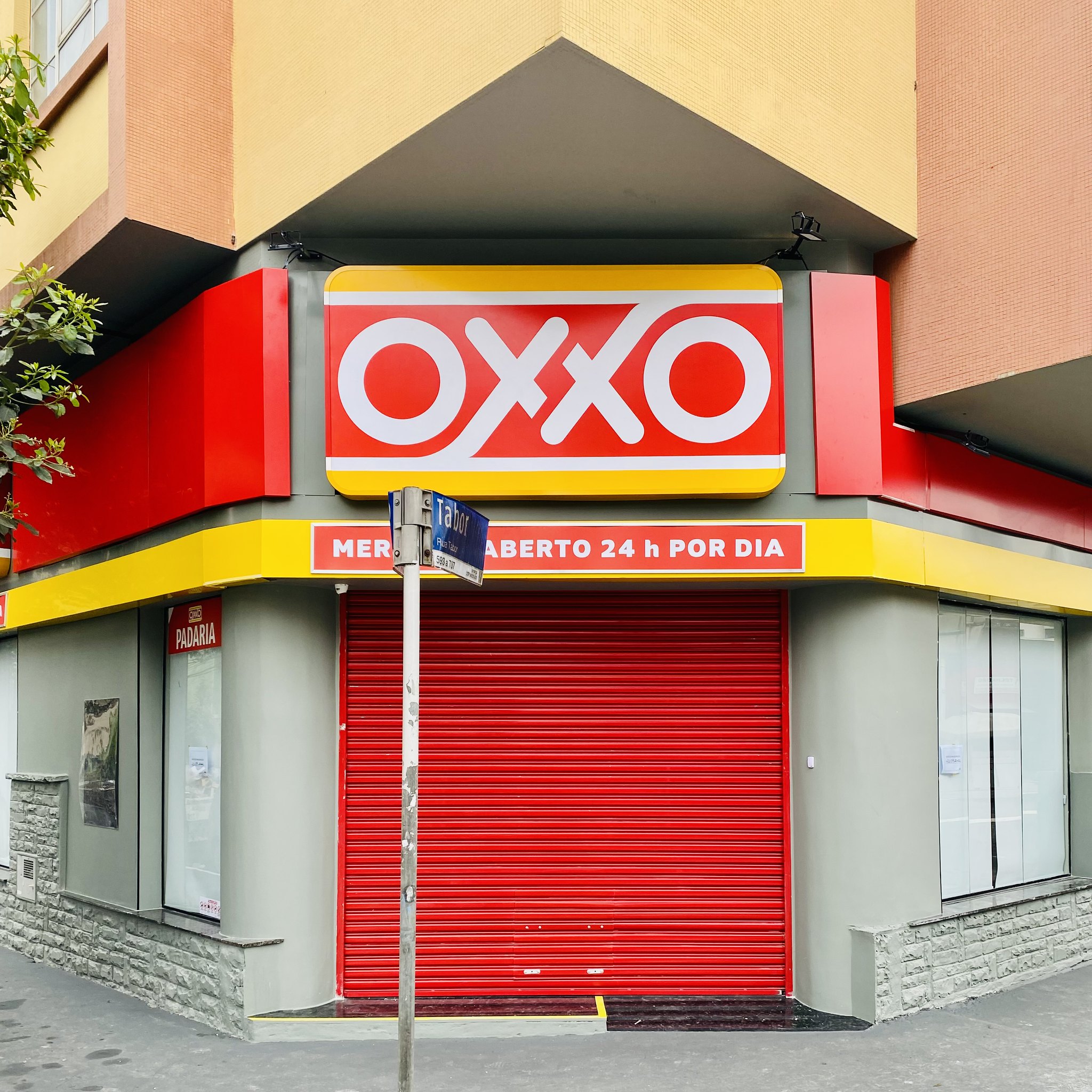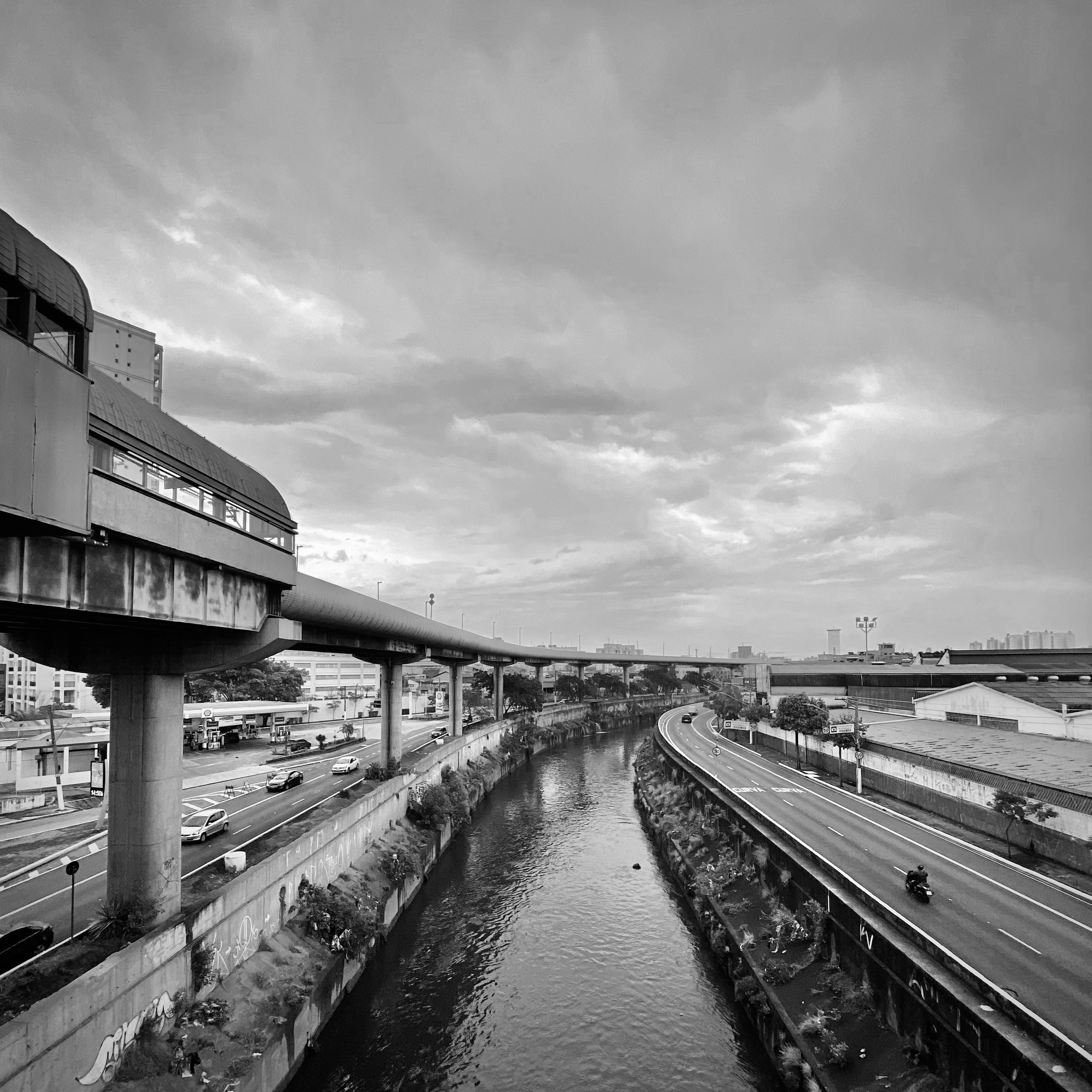From the center to independence, and back
“Independence or death!”
Known as “The cry of Ipiranga”, the exclamation, by Dom Pedro I, is what is considered the moment Brazil became effectively independent, in 1822, exactly 200 years ago, this year.
In 1807, at the tender age of 9, (deep breath) Pedro de Alcântara Francisco António João Carlos Xavier de Paula Miguel Rafael Joaquim José Gonzaga Pascoal Cipriano Serafim fled Portugal for Brazil with his parents. Napoleon was at the door, and the royal family, and much of the country’s elite and wealth, left for Brazil. As a consequence, from 1808 to the moment of independence, Rio de Janeiro was the capital of the Portuguese empire; the only time that a city outside of Europe was the capital of a European country.
Dom Pedro’s father, John VI, had served as prince regent of Portugal (including Brazil) from 1799, due to the mental illness of his mother, when, in 1816, he succeeded her as monarch of the Portuguese Empire. Really only a technicality, as, as prince regent, he already effectively enjoyed absolute powers.
Then, a military insurrection in Porto escalated into the Liberal Revolution of 1820, which triggered John to return to Portugal, leaving Dom Pedro behind as regent of Brazil.
Shortly before John’s departure, the King warned his son: “Pedro, if Brazil breaks away, let it rather do so for you, who will respect me, than for one of those adventurers.”
There was drama to come.
With his father back in Portugal, repeated calls from the Portuguese parliament, the Cortes, for subjugating Brazilian autonomy to Portugal, were not met with broad support in Brazil. Then in 1822, while returning from a tour of Minas Gerais and São Paulo, looking for support towards de-facto independence from Portugal, Dom Pedro received news that the Cortes would not accept self-governance of Brazil.
Pedro mounted his horse and declaimed: “Friends, the Portuguese Cortes wished to enslave and persecute us. As of today our bonds are ended. By my blood, by my honor, by my God, I swear to bring about the independence of Brazil. Brazilians, let our watchword from this day forth be ‘Independence or Death!'”
It was September 7, 1822.
The exact location where Pedro declaimed his “grito de independencia”, this “exclamation of independence” (but also “scream of independence”) is disputed. São Paulo, at that time, was not a hugely important city so detailed documentation is scant, but a painting from 1888 depicts the scene, and puts a recognisable barn in the background of the event.
The barn still stands in the gardens of what is now the Museo Paulista, or Museo do Ipiranga, named after the stream close to which Dom Pedro declaimed Brazil’s independence. ‘Ipiranga’ being a Tupi (Indian) word meaning red (“piranga”) water (“y”, or “i”).
The museum is not quite a Versailles, but it’s impressive, complete with ‘French’ gardens. And set to reopen to the public on September 8, after many, many years of renovation.
Pedro was acclaimed emperor of Brazil on his 24th birthday on October 12 of the same year, coinciding with the inauguration of the Empire of Brazil, with Portugal officially recognising the country’s independence in 1825.
Then, already in 1831, on April 7, Dom Pedro, during a prolonged political crisis, abdicated, boarded a British warship with some of his family, specifically his daughter, and returned to Portugal. Dom Pedro’s father had passed away, and after a short stint as both Emperor of Brazil and King of Portugal, Dom Pedro had abdicated his position as King of Portugal in favour of his daughter, Maria II. Now, his brother, Miguel I, had usurped the throne, and Pedro was hoping to restore his daughter to the Portuguese throne, what he thought was her rightful position.
Eventually, he succeeded, but he had left most of his family behind, including his 5-year old son, Dom Pedro II.
In 1834, at the tail-end of the First Carlist War, deciding the fate of Maria II and Miguel I, Dom Pedro I died of tuberculosis in Portugal. The children he had left behind in Brazil were eventually informed by their former guardian: “Dom Pedro did not die. Only ordinary men die, not heroes.”
On his deathbed, Dom Pedro asked that his heart be removed from his body and taken to the city of Porto, where it is kept in an altar in the church of Our Lady of Lapa. His body was transferred to Brazil in 1972 to mark the 150th anniversary of independence and has been kept in a crypt in São Paulo, inside the independence monument in the gardens of the Museum of Ipiranga.
Now, in August and September 2022, Dom Pedro’s heart is visiting Brazil, and is received as a living head-of-state, receptions observing full military honours.
Recently, it’s been shown that the perceived importance of Dom Pedro’s cry of independence only gained ground long after his death.
São Paulo, in 1822, was relatively unimportant. But, when the city was starting to become the economic heart of the country, even the continent, political players were reaching back in time to establish São Paulo as also historically relevant, with September 7 1822 being the perfect bookend to prop up the history of the city with.
In 1888, slavery was abolished, and slave labour, which helped the coffee plantations thrive, started being replaced with Mediterranean immigrant labour, securing the city as the economic heart of the country.
Shortly after, on 15 November 1889, a coup removed Dom Pedro II from power, the son Dom Pedro had left behind. Upon hearing the news of his removal, he responded: “If it is so, it will be my retirement. I have worked too hard and I am tired. I will go rest then.”
Just two days later, he, and his family, were sent in exile to Europe, where he contracted pneumonia and passed away in late 1891.
While his body was being prepared, a sealed package was found in the same room he had passed away in, with next to it a message written by the Emperor himself: “It is soil from my country, I wish it to be placed in my coffin in case I die away from my fatherland.”
Dom Pedro II’s remains, as well as those of his wife, were returned to Brazil in 1921, in time for the first centenary of Brazil’s independence, and can be visited in Petropolis, the summer residence of the Brazilian royal family.
His grandfather, John VI, is buried in Alfama, the oldest district in Lisbon. In the 1990s, analysis of portions of his bowels, which have been kept in a Chinese ceramic pot, showed he had been poisoned, traces of arsenic indicating John was administered enough to kill two people.
If John had not been poisoned, Dom Pedro would likely have stayed in Brazil longer, perhaps much longer. Miguel I would likely not have tried to usurp the throne of Portugal, and consequences would never have been the same.
A walk from the center
On September 7, 2022, the 200th anniversary of Brazilian independence, I went for a circular walk from the center of São Paulo, Marco Zero, to the location of the “grito de independencia”, and back.
I was to stop along the way three times, to toast each of the three royal rulers of Brazil who set foot on Brazilian soil, John VI, Dom Pedro I, and Dom Pedro II.
Like all three royals, I returned to where I started, passing through a representation of the history of Brazil.
Perhaps it needs to be said: I’m very anti-royalist. Death to all kings. But, I’m a sucker for historical intrigue, and the history of the Portuguese, and Brazilian, royal families is full of high, and delicious, drama.
Expectation
Reality
The walk
It’s a rainy day, which is bad for Bolsonaro’s chances of getting significant rallies going, in preparation for perhaps staging a coup in time for, or shortly after the elections. Shortly after leaving home, I get myself an umbrella to mitigate the worst of the weather.
Taking public transport to Sé, the center of the city, there’s a crowd, with lots of banners, and a very animated speaker on top of a bus in front of the cathedral, whipping up support for Lula.
Also many homeless and destitute, a change for the worse during the last few years, where the number of homeless and addicts living in the streets of São Paulo has increased significantly.
I take out the umbrella, walk up to Marco Zero, the geographical center, touch it as my cue, and start to walk. It’s a public holiday. The streets are quiet, most shops are closed.
Soon, I spot some low-cost makumba, voodoo, left in a pizza box next to a street light.
Shortly after, at the far end of Paulista, the city’s most important street, I encounter groups of Bolsonaristas, supporters of the president, decked out in the colors of the Brazilian flag, ready to cheer the president on in trampling on the poor, the courts, and the constitution. I later learn that the demonstration pulled in around 30.000 people.
At about a quarter through my walk, I enter a more affluent part of the city. Lanchonettes, snack bars, make way for bodegas, fancy snack bars.
I stop at a bakery, expecting to be able to commemorate the first Portuguese king to set foot on Brazilian soil with a pastel de Belem, a typical, and delicious, Portuguese pastry. But, no, they have none. It has to be a home-made pao de mel, a bit like a cookie coated in chocolate, instead.
John VI technically only became king of the United Kingdom of Portugal, Brazil, and the Algarve in 1816, a year after Brazil had been elevated to the status of kingdom, five years before leaving, eight after arriving.
The Royal family, after some debating back and forth whether to throw their lot in with the invading French, or the Brits, who had warships off the coast of Lisbon with orders to either escort the royals out, or lay siege on the capital, left for Brazil in 1807.
The voyage was Ill prepared, and challenging. Many had not brought even a change of clothes, while an outbreak of head lice saw many arrive in Brazil with shaved heads, sparking a trend amongst women which still occasionally you can see remnants of on this side of the Atlantic.
The rain abates, and I continue, soon passing by the mathematics museum, which I had no clue existed. How many of these exist around the world?
What follows is a lot of uniform urban sprawl, until I cross the red water, the ypiranga. Now, little more than an open sewer.
At roughly the halfway mark, at the museum of ipiranga, roads are closed, tents are up, and old people are dressed up like Portuguese royals, in a slightly odd type of cosplay. We are in the middle of independence celebrations, after all.
I enter the park and discover that umbrellas are not allowed. I leave it behind in a dustbin.
I get to the ‘casa de gritto’, the barn that’s in the back of the 1988 painting.
Renovated, I can still smell the fresh paint. I’m somewhat reminded of the cabin of Peter the Great. Except that the only importance of this cabin is that it is featured in the background of a painting, made 60 years after the events it depicts. The cabin has no direct bearing on Dom Pedro, or Brazil’s independence. And, ironically, the painting was not only painted nearly 70 years after the event it depicts, it was painted on almost the other side of the world, in Italy.
I walk up the independence monument, where an impressive bronze commemorates the moment of the scream, depicted in the painting.
acknowledging the presence of the forest emperor of Brazil, Don Pedro.
An impressive bronze commemorate the moment of the scream.
A descending set of stairs brings me to the door of a crypt, marked with a crown. A man is excitedly talking about the crypt, claiming that dom Pedro II is behind it. He’s not. Dom Pedro II is in Petropolis, but the man wouldn’t budge. Then, when I pull up the Portuguese Wikipedia pages for the two emperors, he excitedly starts talking about how talk of the royal family was forbidden for almost 100 years, contributing to confusion and misinformation.
He is a monarchist, with a particular love for Dom Pedro II. He did not budge.
Another set of stairs takes me into the crypt. I acknowledge the presence of the first emperor of Brazil, head out, manage to retrieve my umbrella, and continue. It’s time to get lunch.
I was considering a typical Brazilian lunch, which means a ‘prato feito’, kind of like a ‘fixed meal’, which most restaurants serve for lunch.
However, the area behind the museum quickly becomes more industrial, limiting the available number of restaurants, and my options.
I enter a bakery, and consider another typically Brazilian dish: the national version of the Turkish pizza, the esfiha, the one I chose being a bit like an Italian calzone.
Pedro I was only emperor of Brazil for nine years, between independence and his abdication in favor of his son. His return to Portugal, essentially to secure the Portuguese throne for his daughter, eventually was successful, though it also had meant leaving his young son behind in the middle of the night. The son, only 5, not knowing his father had left him until the next day, never to see him again.
Though Brazil has started to rise in stature under his reign, the gap between the capital in Rio, and much of the rest of the country, remained immense, and, a large part of the economy thrived through the extensive incorporation of slavery.
The economic booms of gold and sugarcane had come and gone, the third boom, of rubber, was still in the future.
I continue my walk, into an area that’s even more industrial. Abandoned factories, high walls. I come across several street parties, centred on the little supermarkets attached to a few gas stations.
And then, it’s time for my third break. I spot a tiny bar, tucked away, where I get a Skol that is so cold I end up with a “bride’s dress” when pouring it; the beer freezes in the glass.
The ice cold beer is welcome. I listen to two patrons, who are having a heated discussion on the benefits and drawbacks of both Lula and Bolsonaro
Don Pedro II ruled Brazil for over 55 years. He was deposed shortly after his daughter, the heir to the throne, during a regency, declared the end of slavery in the country, in 1888, the last country to do so in the ‘West’.
One assumption is that that declamation annoyed the rich so much, extensively relying on nearly free labor, that they worked towards the removal of the monarchy. The fact that she, Isabel, was married to a foreigner also didn’t help.
A year later, the monarchy was abolished, and Dom Pedro II, and his family, travelled to Portugal, the land of their ancestors.
I have another beer. It again pours as ice.
The last portion of my walk takes my through and past a number of train yards, and some brutalist architecture, as well as some detours and dead ends. A soup kitchen serves the needy, many of which populate the street. The architecture, early 20th century, but in bad shape, and mostly deserted, is still gorgeous.
I get back to Sé, where the PT rally has ended, even if the crowds, now only the destitute, mostly remain. A mobile soup kitchen has sprung up, called ‘operation low temperatures’.
Again, I touch the Marco Zero. The circle is complete.




